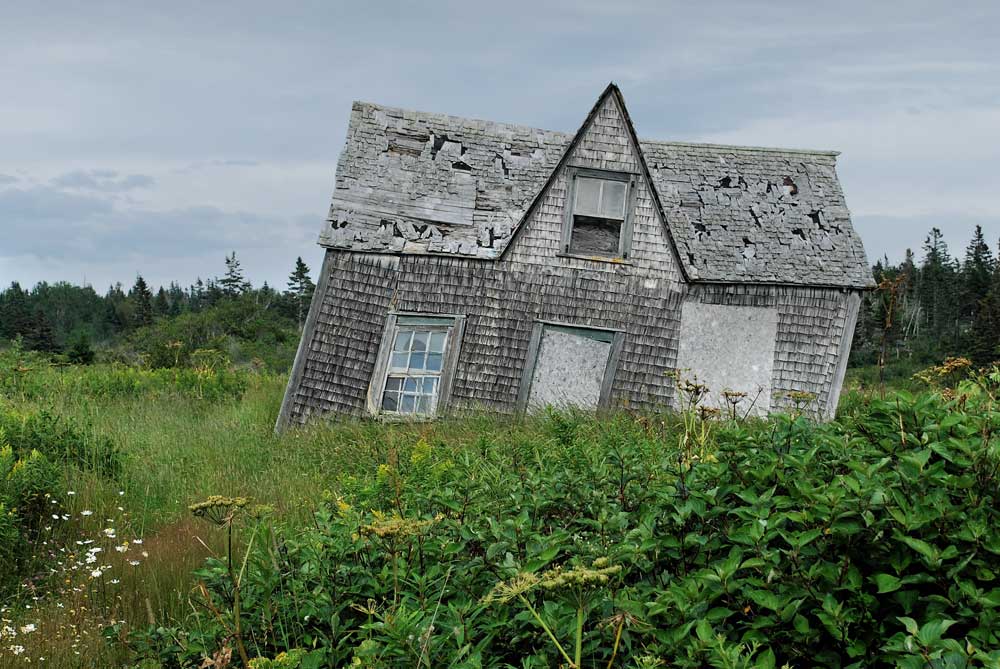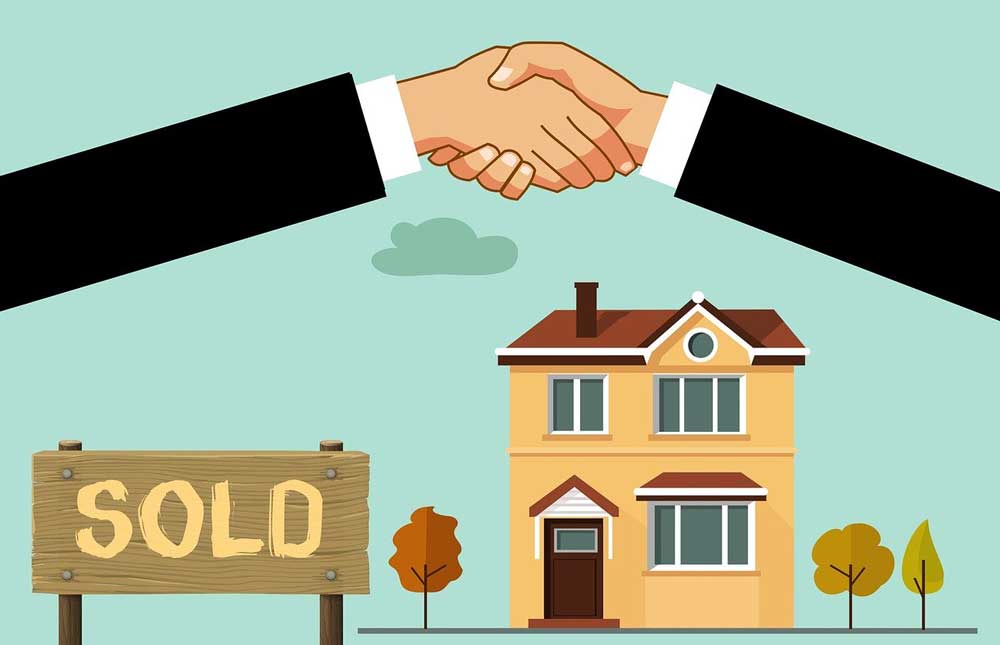
Last updated on June 4, 2021
Selling a cabin or cottage has its own unique set of challenges, not to mention the emotional aspect of selling. You probably have many feelings associated with the place. Perhaps you used to go there on weekends but now you can’t. Or, maybe it was your summer home that you spent quite a bit of time in, but now you can’t due to moving out of state or province. Cabins and cottages usually have fond memories associated with them.
The attachment felt towards this “second home” is what makes selling a cabin so tricky. Many individuals make mistakes during the sales process, or have incorrect assumptions. Either of these can lead to a less than ideal result. If you are looking at selling your cabin or cottage, here are five things you need to do before you list your beloved second home.
Check the Tax Implications of Selling a Cabin
Please note that the following advice is not legal advice. You should always consult with an accountant and lawyer to understand the implications for your particular situation.
Depending on what your principal residence is and how you are selling the property, there may be significant tax implications if you sell your cabin.
Generally speaking, you will owe capital gains tax on the difference between the selling price and the “adjusted cost basis” or ACB.
The ACB is essentially the purchase price of your home plus the value of any improvements and additions you make to it.
If you have to repair the stove, that will not accrue towards your ACB. However, if you add another bedroom, that does. Put another way, if the renovation or repair is fixing an existing problem, it doesn’t go towards the ACB, but if it is adding value to the home, then it does.
There are ways around paying this capital gains tax. One way is to gift the home to your spouse. Another way is through the principal residence exemption. While many people think the term “principal residence” means that you live in the home for the majority of the year, this definition is not entirely correct. In the United States, the IRS defines primary residence as somewhere that you lived for at least two of the five years prior to the sale. So, if you lived at your cabin for any two years out of the previous five, it could still qualify for the exemption. In Canada, the CRA has taken the view that a second home can be a principal residence, so long as you live in it at some point throughout the year, and its primary reason is not income (i.e. you are not renting it out regularly). If you haven’t been renting out your cottage or cabin, you may be able to designate it as your principal residence for the tax year of sale and avoid the capital gains tax.
Of course, there are some nuances with these tax rules. Consult with an accountant and lawyer to make sure you know what’s right for your situation. However, whether you need to elect your cabin or cottage as the principal residence or pay capital gains tax, there will be tax issues to consider when selling the property.
Perform Repairs Before Selling a Cabin

Many people who are selling their cabins are selling them after having owned them for a decade or more. During this time, there will invariably be repairs needed. If you’re like most people, then some repairs you might elect not to perform. For example, that dent in the wall might not bother you that much. Or you might know that the stove is older, but it still works.
Unfortunately, when it comes to selling, buyers want something turn-key. They want a cottage they can enjoy immediately. If a potential buyer walks into your place and thinks that they’ll have to put in thousands of dollars and months of repair work to be able to live in your cottage, then they will be turned off and not make an offer. You have a higher likelihood of receiving the offer you want if you perform all necessary repairs and upgrades before putting it on the market.
Make Your Cabin Look Like A Resort
Cain buyers are different than regular homebuyers. People looking for cabins and cottages want a retreat. They want a place that they can go and be away from the hustle and bustle of the big city. The best way you can give them that feeling is to make them think they’re entering a resort.
Think of the way hotels decorate their interior. The towels are clean and folded perfectly. The bed has some decorative pillows on it. Of course, the curtains are open just enough to let in the right amount of light. You want someone to feel relaxed once they see your cabin. The best way to do that is to make them feel like they are entering a resort.
De-Personalize Your Cabin
While you might want to see that old family photo on the nightstand, it will remind buyers that you own the cabin. Buyers must be able to see themselves relaxing in your property. It’s hard to do that if there are a bunch of personal keepsakes around. Generally, it is advisable to remove all of these things during the photos and showings. That way, they can see themselves having fun in your cabin or cottage, and be more likely to put in an offer.
Hire A Realtor to Sell Your Cabin

While it might be tempting not to pay a commission and try to facilitate the sale yourself, that approach typically results in a significantly lower sales price.
Experienced real estate professionals know how to market your home correctly and have an extensive network that they can tap to find the right buyer for your cabin.
Do a little bit of research online and find a top-rated agent who will listen to your goals. An agent will be able to guide you through the sales process smoothly and can even make suggestions concerning staging, repairs, and renovations.
Pro Tip: a good realtor will know the importance of having the following information readily available:
- Property survey (rural boundaries are not always well defined)
- List of major renovations (interior and exterior)
- Water quality test results
- Septic tank and water pump details
- Moveable property inclusions and exclusions (watercraft, ATV’s etc.)
With a Few Initial Steps, Selling a Cabin or Cottage is Fairly Straightforward
Selling a cabin or cottage is a fairly straightforward process. Once you verify the tax implications of the sale, fix and clean up the cabin, and hire a realtor, the actual process of listing the place is the work of the realtor. If you are thinking of selling your cabin, start preparing now so that you will be able to sell your second home at the highest price and in the lowest amount of time!
